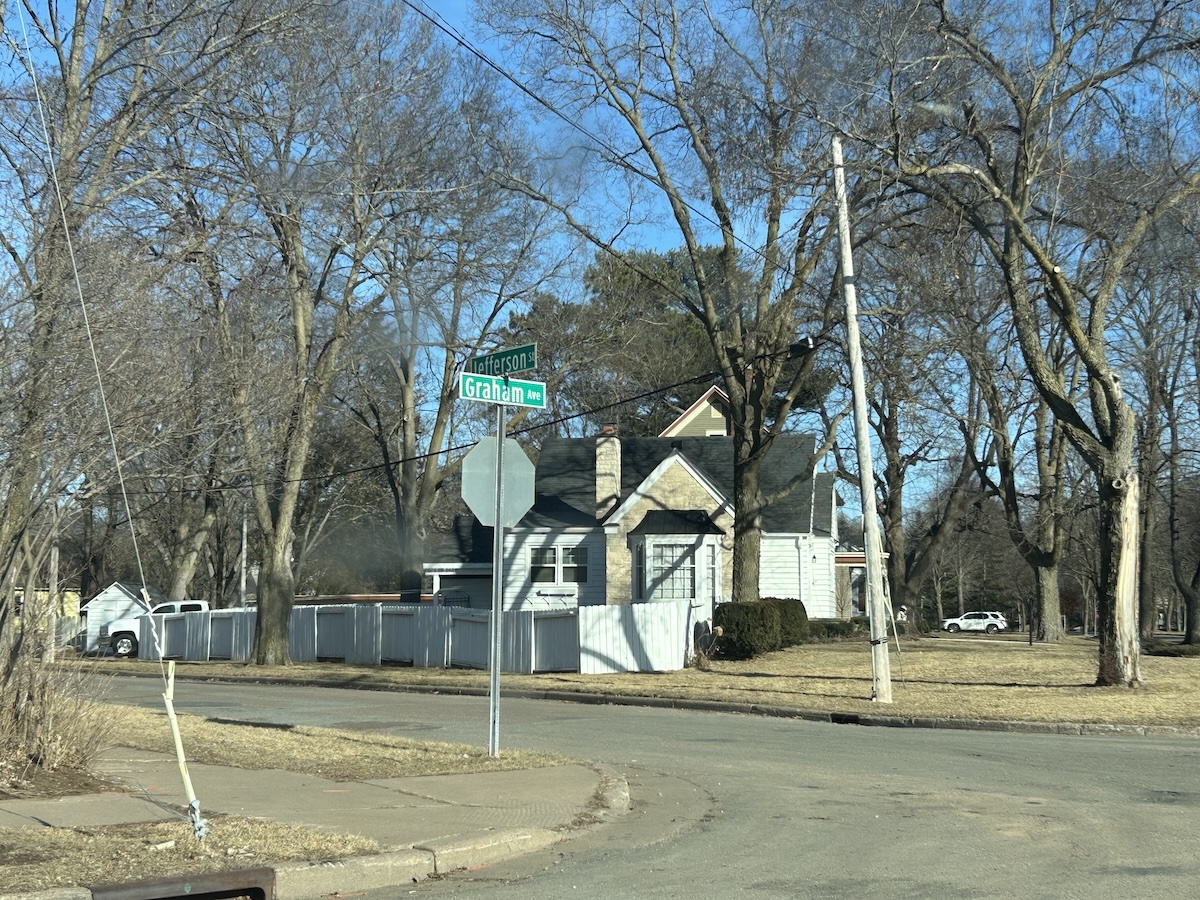Following the completion of their on-campus housing requirement, students must decide whether they would like to continue living on-campus or if they want to explore options off-campus.
Students who choose to live off-campus make up a significant percentage of first-time renters. While the quality and safety of living arrangements on and off campus are guaranteed by law, the routes to campus from such places aren’t guaranteed to be equally reliable.
To address this, UW-Eau Claire organizes their annual Spring Community Walkthrough, an opportunity for students and community leaders to work together in assessing the environments surrounding campus.
The event is a chance to walk through student rental areas with university administration, city council members and local and campus law enforcement to identify concerns in local neighborhoods.
This year, the walkthrough will take place starting at 7 p.m. on Thursday, April 10 on campus. A more specific meeting location will be determined at a later date.
Evan Frawley, a fourth-year environmental geography student, is the housing coordinator on campus. The housing coordinator serves as the bridge between students, administration, students living in off-campus housing and city government.
“I advocate for tenant rights and student housing needs whether that’s on or off campus,” Frawley said. “I do a lot of work with housing and residence life too.”
Frawley, who is on Student Senate, said the walkthrough gives students a chance to have their housing related questions answered by individuals who may have a greater knowledge of specific laws and requirements.
“If students want to come to (Student Senate) and they have a question about something off-campus, like if a crosswalk is unsafe or that they have a housing question, this is a really great opportunity for us to get those questions answered by city council officials and other people that might know more than us like law enforcement,” Frawley said.
During the walkthrough, students, law enforcement and city council members will break into small groups and explore Randall Park, Third Ward and other nearby areas to identify crosswalks, lighting and pedestrian routes that could be improved for better safety and accessibility.
Olivia Erl, a lieutenant with the Eau Claire Police Department, is coordinating the sign up of officers that will assist with the upcoming walkthrough. Erl said the focus is ensuring students safety when the school year is in session.
“We have to take into consideration that when the university is in session that it adds an additional 10,000 people to our community,” Erl said. “As officers, we’re there to provide feedback and answer questions from that law enforcement perspective.”
In bridging the communication gap between students and local law enforcement, Erl said the walkthrough provides the department with further insight into potential problem areas throughout the city that they might not have been aware of otherwise.
“Unless you live in that area, you probably can’t attest much to a certain living experience,” Erl said. “Even within law enforcement, we have a general idea of where problems exist … but if it’s something that hasn’t been brought to our attention it can be very difficult to provide any helpful follow-up.”
In addition to the walkthrough, Eau Claire City-County Health Department (ECCCHD) provides a number of services that aid in providing safer housing and travel routes within the community.
The department investigates City of Eau Claire housing related complaints such as “unsanitary conditions, safety concerns and general maintenance issues like mold, plumbing and electrical issues.”
Similarly, the City of Eau Claire Housing Inspection Program (ECHIP) provides “inspections of residential dwellings to determine compliance” with the City of Eau Claire Housing Code – Chapter 16.08. It is designed to identify dwellings that are more of a health and safety risk.
Within the Community Services Department of the ECCCHD, Street and Fleet, “is responsible for the repair and maintenance of over 358 miles of city streets, traffic signs, pavement markings, curb and gutter, catch basins, storm sewers, detention ponds and culverts.”
Frawley said the importance, in attending the walkthrough, is that students find a voice to advocate for their housing needs.
“Because students are coming and going and aren’t permanent residents, it’s easy sometimes for the local politicians to brush off the needs of students in these spaces,” Frawley said. “I’ll always advocate for students and young people to have our voices heard. We’re the future.”
Final route assignments and additional event details will be sent out closer to the date. Registration for the walkthrough closes March 21 and can be completed via the form sent to students through email.
Braun can be reached at braunee6220@uwec.edu.







